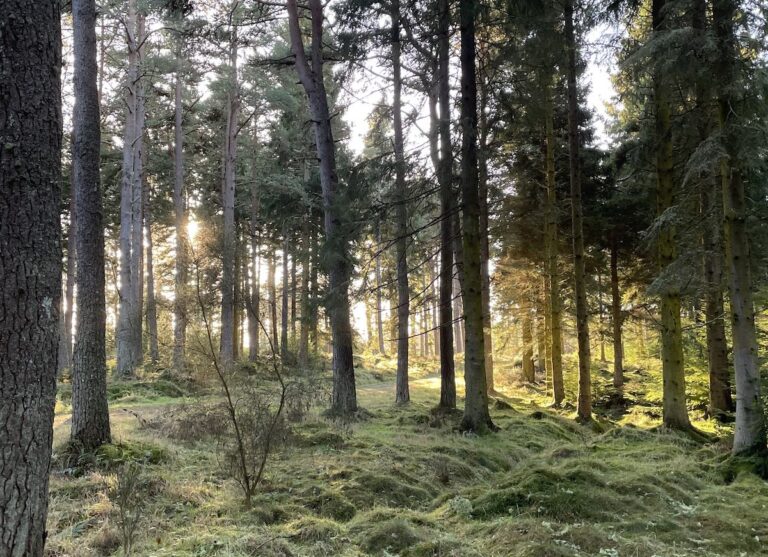 1.3 miles
1.3 miles
Fort George

Fort George stands as a testament to 18th-century military engineering and the turbulent times that led to its creation. Situated near Inverness on the Moray Firth, this outstanding fortification has weathered nearly 250 years of history, yet remains one of the best-preserved examples of military architecture in Europe. Constructed in the aftermath of the Jacobite Rising of 1745, Fort George was designed not only as a formidable stronghold but also as a symbol of the British Crown’s intent to quell any further rebellions. Today, it offers visitors a unique glimpse into Scotland’s past, its military heritage, and the lives of those who served within its walls.
The Historical Context
The Battle of Culloden in 1746 marked a turning point in British history, leading to the decision to build Fort George as an indomitable bastion against future insurrections. Its strategic location on the Moray Firth was chosen to deter any land or sea invasion aimed at challenging the Hanoverian rule. The construction took over two decades, reflecting both the complexity of its design and the challenges faced by engineers and laborers in such a remote part of Scotland.
What makes Fort George unique among European fortifications?
Architectural Marvel
The fort is renowned for its impressive defensive features, including towering bastions, a deep dry ditch, and drawbridges, all encased within massive stone walls. The fort’s layout exemplifies the star fort design popularized during this period, intended to withstand artillery assault while providing garrison troops with wide-ranging fields of fire. Inside these formidable defenses lies a well-preserved Georgian-era military community complete with barracks, armories, powder magazines, and a chapel – each building offering insights into 18th-century military life.
A Living Museum
Today’s Fort George functions not only as an active military base but also as a captivating historical site open to the public. Visitors can explore extensive exhibits that detail Scottish military history from the aftermath of Culloden up to modern times. The Highlanders’ Museum within the fort houses thousands of artifacts related to Highland regiments, while reenactments and guided tours breathe life into this historic monument. Walking through Fort George is like stepping back in time; every corner tells stories of bravery, strategy, and daily life amidst uncertainty.
Natural Beauty and Wildlife
Beyond its historical significance and architectural grandeur, Fort George is surrounded by stunning natural beauty. Its position overlooking the Moray Firth offers panoramic views that are among Scotland’s most picturesque landscapes. Additionally, it has become an unexpected haven for wildlife enthusiasts; dolphins are frequently spotted from its ramparts diving and playing in the firth’s waters.
Visiting Fort George
Planning a visit to Fort George requires some preparation due to its active military status and remote location. However, those who make the journey will find it rewarding with opportunities for education and reflection on Scotland’s complex history. Whether you’re drawn by an interest in military architecture or Scottish heritage or simply looking for breathtaking views over Moray Firth – Fort George promises an unforgettable experience.
Keypoints
- Constructed after Jacobite Rising of 1745
- Strategic location on Moray Firth
- Took over two decades to complete
- Exemplifies star fort design
- Houses extensive collections at The Highlanders’ Museum
- Active military base with public access
- Panoramic views over Moray Firth & wildlife spotting opportunities
Check out things to do nearby...
 1.3 miles
1.3 miles
 10 miles
10 miles
Climb Ben Bhraggie
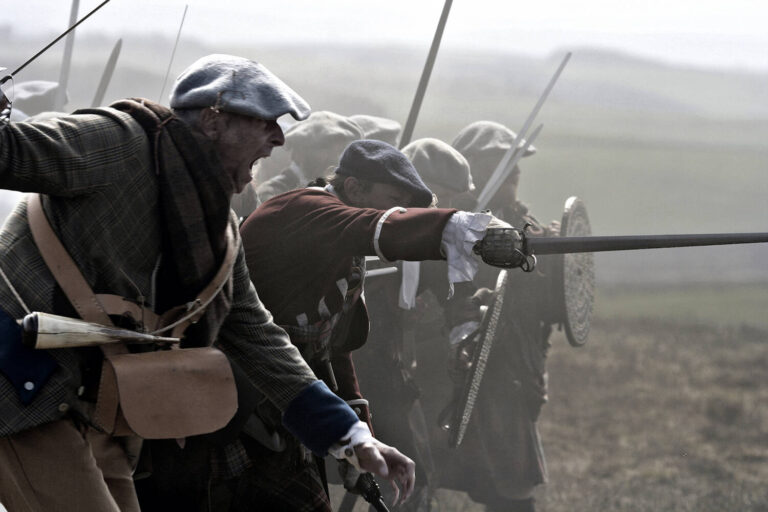 47 miles
47 miles
Culloden Battle Field
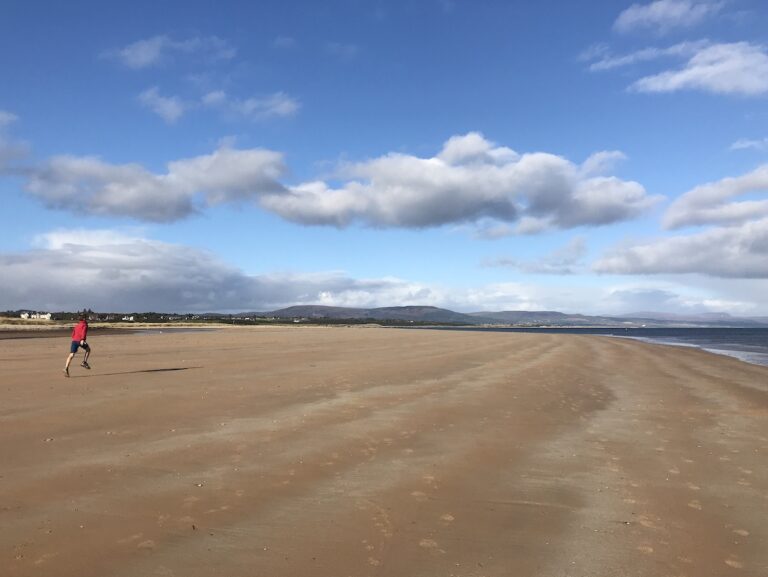 0.4 miles
0.4 miles
Dornoch Beach
 0.2 miles
0.2 miles
Dornoch Bike Hire
 12 miles
12 miles
Dunrobin Castle
 miles
miles
Fishing
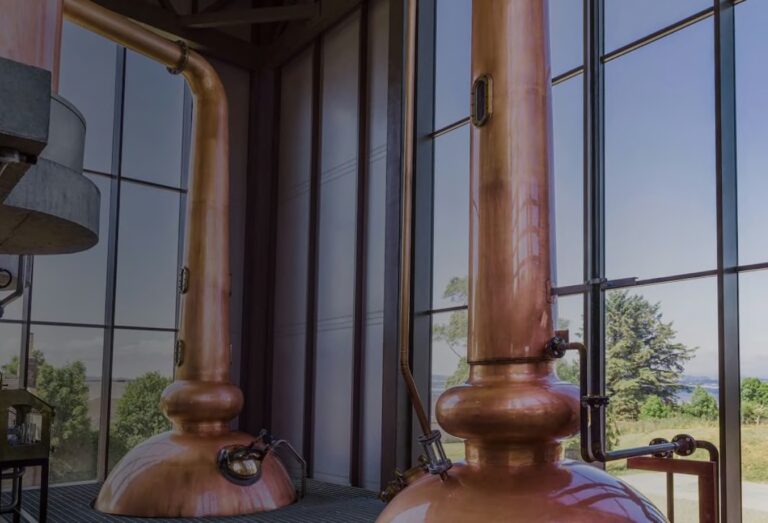 8 miles
8 miles
Glenmorangie Distillery
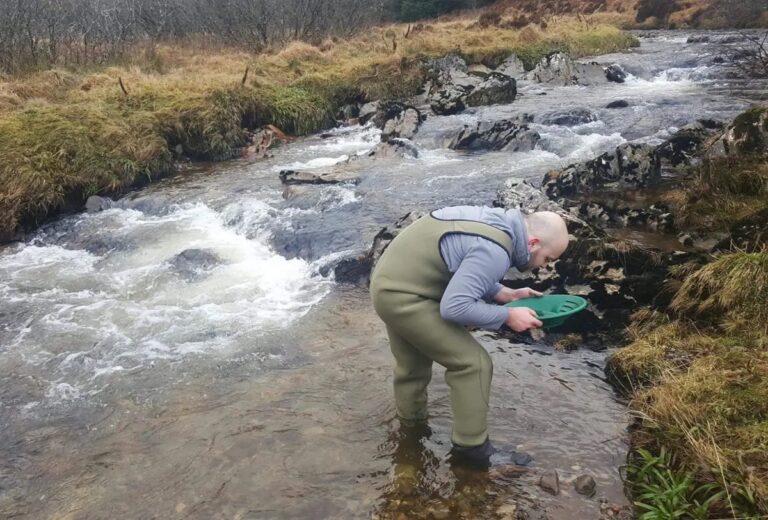 35 miles
35 miles
Gold Panning at Kildonan
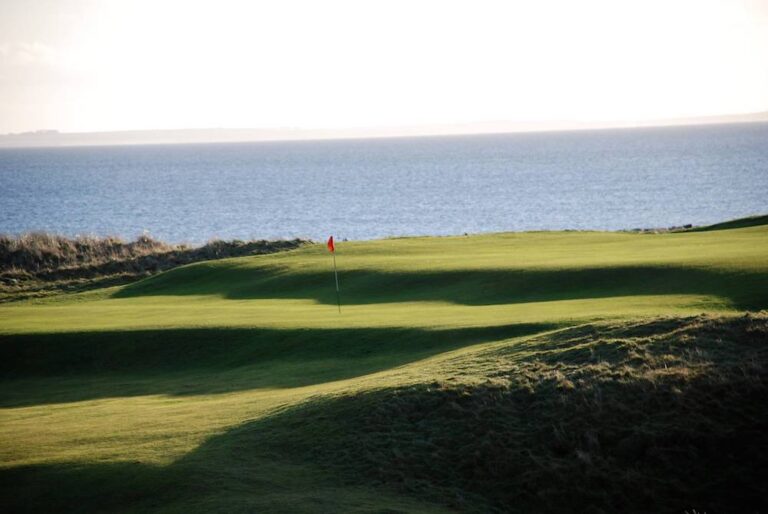 10 miles
10 miles
Golspie Golf Club
 0.1 miles
0.1 miles
Historylinks
 0.4 miles
0.4 miles
Royal Dornoch Golf Club
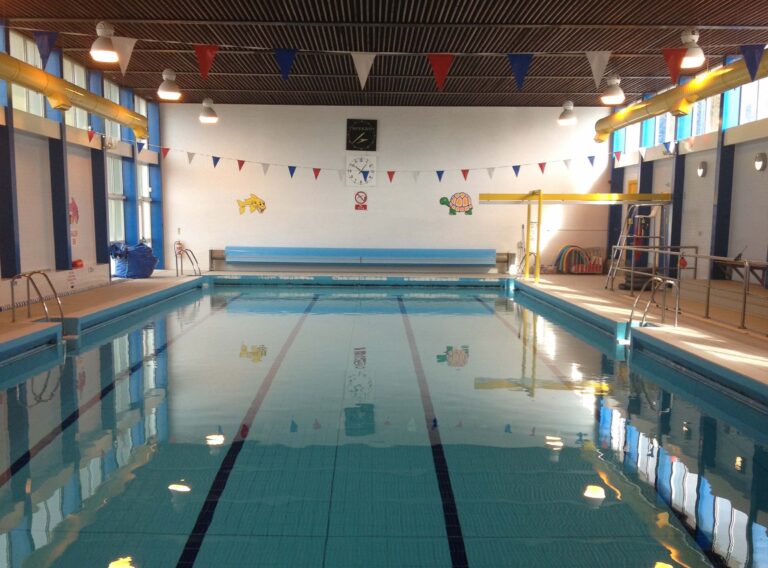 10 miles
10 miles
Sutherland Swimming Pool
 10 miles
10 miles
The Trawler – Golspie’s award winning Fish & Chip Shop
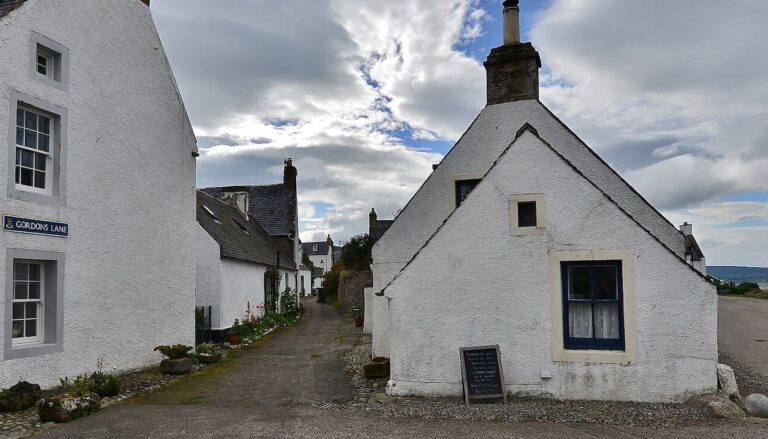 18 miles
18 miles